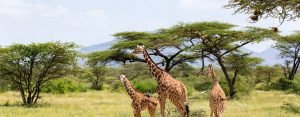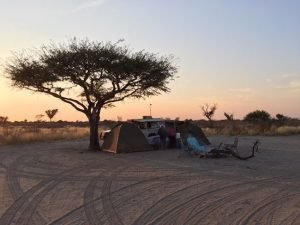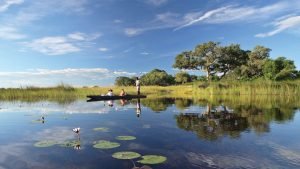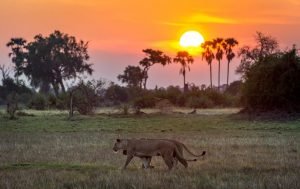
Linyati, Selinda and Kwando
At the extreme northern reaches of Botswana – the Caprivi just on the other side – lie three of the most splendid, wild and secluded destinations the country has to offer.
Sandwiched between the Chobe National Park to the east and the Okavango south, the extensive Kwando, Selinda and Linyanti concessions offer superb wildlife viewing – and terrain to rival the physical beauty of the Okavango.

And no wonder – both share geographical similarities. Like the Okavango River, the Kwando River flows south from Angola across the Caprivi Strip and into Botswana. Like the Okavango, it slowly fills the Linyanti Swamps. The outflow from the Swamps then fills the Linyanti River, which courses east into the Chobe River.

The swamps that fan out from the rivers carry the same magnificent natural history as the Okavango – picturesque channels, lagoons, papyrus stands and reedbeds. Riparian forest lines the waterways, giving rise to magnificent, towering trees. Dry riverbeds – the Selinda Spillway and the Savuté channel – meet the swamps, their lack of flowing water possibly determined by faulting underground that halts the course of the waters. interestingly, faults in this area are believed to be the southernmost point of Africa’s Great Rift Valley.
The reserves string along the rivers, with the Kwando to the northwest, Selinda (1350 sq kms in area) south and Linyanti (1250 sq kms in area) east. A small area of the Chobe National Park juts up to meet the Linyanti River and swamps; it has a government campsite and facilities for the self-drive camper, while the concessions offer private camps.
This is real African big game country, and during the dry season the permanent waters of both the Kwando and Linyanti Rivers serve as important migration points for wildlife from much of northern Botswana – including large herds of buffalo and elephant, wildebeest and zebra.
Virtually all naturally occurring antelope and predators can be seen in these concessions, depending, of course, on the season, and food and water availability. These include waterbuck, reedbuck, giraffe, impala, kudu, and with any luck the rare and shy sitatunga, and accompanying lion, hyena, leopard, cheetah, jackal, serval and caracal.
But perhaps the greatest attraction of this part of Botswana is the feeling it gives of extreme isolation, and being completely removed from the world as we know it. The camps are small and private, with perhaps only twenty or so guests present at one time.
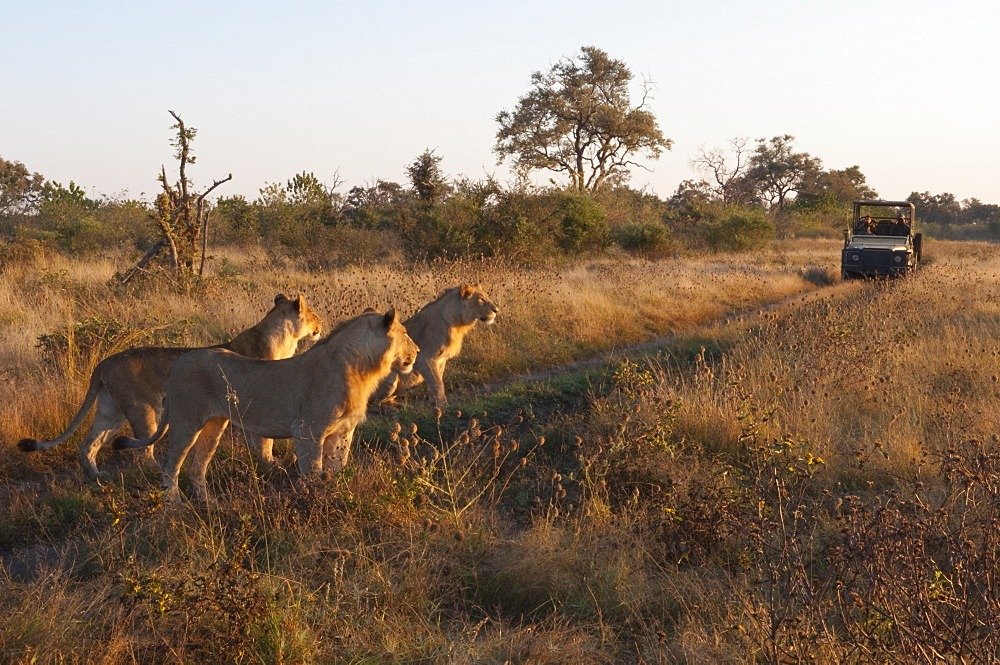
There’s nothing else out there – except you, the bush and a fascinating contingent of wild animals – just waiting to be discovered, and explored.
